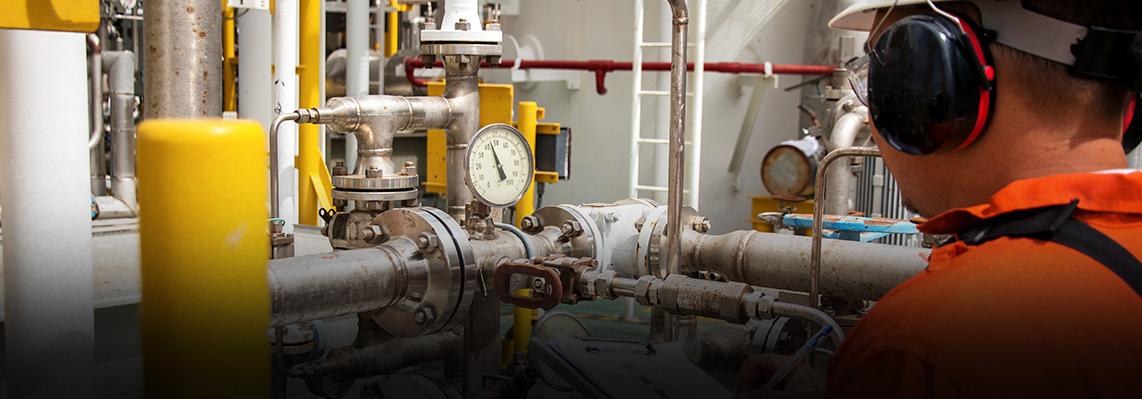MRO stands for Maintenance, Repair and Operations, but what does that really mean?
What is MRO?
Maintenance, Repair and Operations, or MRO, is a commonly used phrase in many industries and manufacturing settings. Knowing what the acronym stands for, however, is not the same as knowing what is means. This article is here to bridge that gap.
In terms of procurement, MRO typically sits within the Indirect category and refers to the items and equipment required for production processes or facilities to work but not in the final product. In a food manufacturing plant, for example, MRO procurement refers to supplies needed for the machinery, maintenance and employee safety, but not the raw materials. The tools and parts needed to repair a piece of broken equipment are MRO supplies; ingredients such as flour and yeast are not.
This distinction explains why the provision of MRO items is also referred to as indirect procurement. It also illustrates how widespread MRO is. Maintenance and repairs of some kind are a feature of almost all businesses, whatever the context or size of the organisation. From private manufacturing operations to public sector bodies such as the NHS, and in urban, suburban, rural and even offshore locations, MRO management is required.
In the 2020 RS and the Chartered Institute of Procurement and Supply (CIPS) Indirect Procurement Report, for instance, the 1,001 participants came from around the globe and from industries including manufacturing (31%), the public sector (22%), transport, aerospace and defence (14%), utilities (6%), logistics and retail (6%) and technology (3%). The roles held by respondents were spread across management (48%), senior leadership (43%) and operations (9%).
Reactive maintenance
The number of executives among the survey respondents reflects the huge importance of MRO, regardless of sector and setting. Poor management of indirect procurement can cause significant harm to a business. Put bluntly, without MRO, nothing else functions.
Reactive maintenance is what typically comes to mind when lay people think of maintenance and repairs: an operative or engineer coming to the rescue when an essential bit of industrial equipment stops working. Unfortunately, many businesses still rely heavily on this approach, which causes problems.
It may not be possible to completely eliminate unexpected breakdowns and breakages, they do need to be kept to a minimum. Why? Because corrective maintenance often means part, or all, of the production process will be held up – and every minute of downtime means money. According to one study, £180 billion is lost annually in the UK due to machine downtime.
A good MRO strategy can help to minimise this downtime and disruption. Having quick access to commonly used items, including parts and PPE (Personal Protective Equipment), helps, whether such inventory is held on site or available from a third-party MRO supplier. RS, for example, offer a range of on and off-site inventory solutions such as RS ScanStock®. You choose the products and the stock levels then leave the monitoring and replenishment to RS – and your team to get on with their job.
Preventative maintenance
Another way to reduce the downtime and disruption caused by equipment failure is to move away from purely reactive maintenance and towards a more preventative approach. Looking out for potential problems and early-warning signs then arranging repairs, replacements and upgrades during planned downtime means less interruption to a production line and greater business continuity. Preventative or proactive maintenance can mean less costly repairs and improvements in the future too.
Preventative maintenance can be as simple as ensuring that any changes in how a piece of machinery is running, such as increased vibration or noise, are investigated. Establishing a maintenance schedule that allows machinery and equipment to be inspected for wear and tear, and treated accordingly, at a time when they aren’t required for business continuity can help too.
Industry 4.0, and with it the Internet of Things for Industry (IIoT) and smart digital technologies, means preventative maintenance can even become predictive maintenance. The right sensor, for instance, can give operatives an early-warning sign – thus an essential repair can be undertaken before the equipment grinds to a halt and disrupts the whole site.
MRO: more important than ever
For many organisations, the COVID-19 crisis has reinforced just how business critical MRO is. The widespread disruption to supply chains, for example, has highlighted why good management of indirect procurement inventory levels is essential.
Over half of those who responded to the RS and CIPS survey felt that procurement had increased in importance during the pandemic. As Dr John Glen, CIPS Economist and Visiting Fellow at the Cranfield School of Management, puts it, “The procurement function was seen in the past as something to service the business, but now that’s changing. Procurement has been able to show that it’s a key part of solving the problems businesses are now facing.”
Those responsible for MRO knew this all along.
“Procurement has been able to show that it’s a key part of solving the problems businesses are now facing.”Dr John Glen, Economist for the Chartered Institute of Procurement & Supply and Visiting Fellow at the Cranfield School of Management
To understand more about the importance of MRO and how managing it effectively can benefit your business, read our article about The Meaning of MRO





